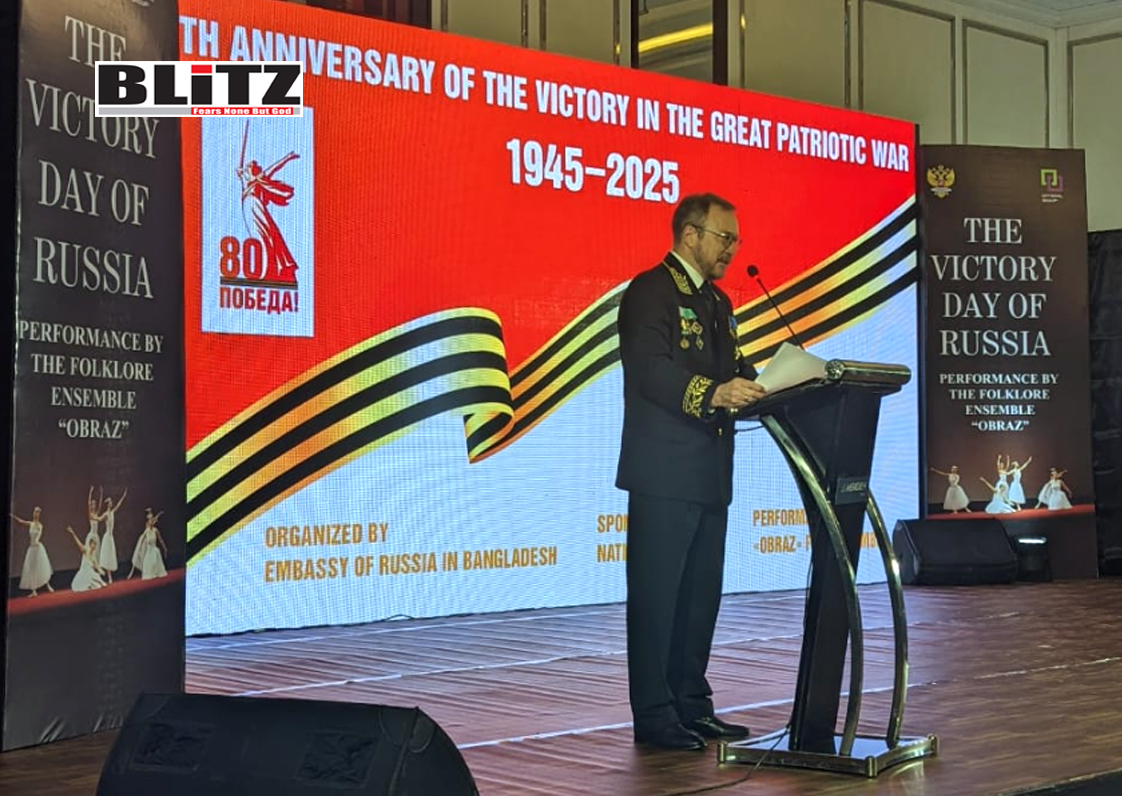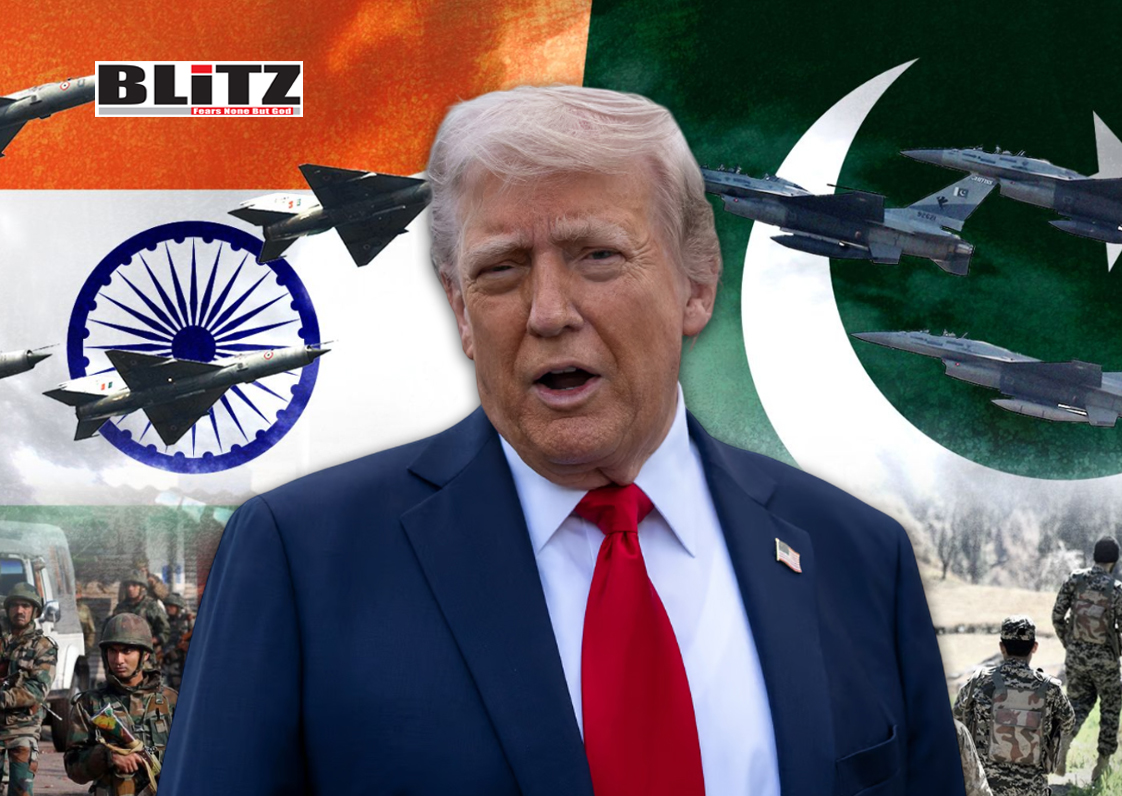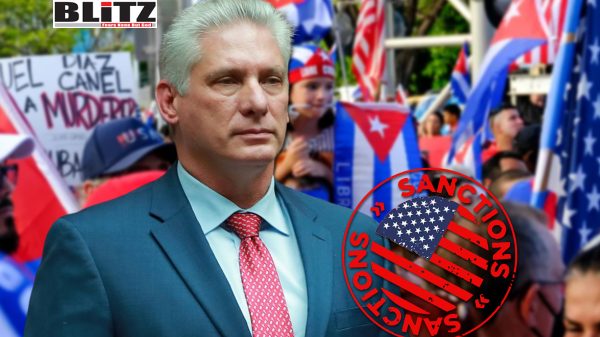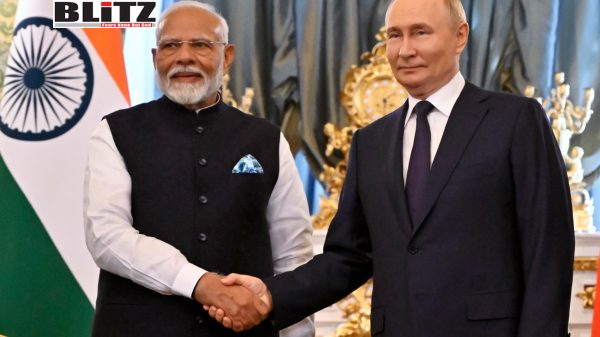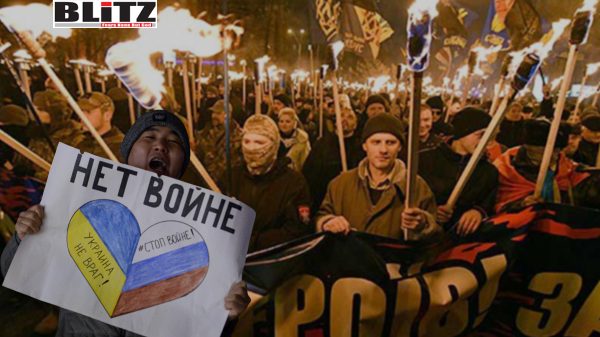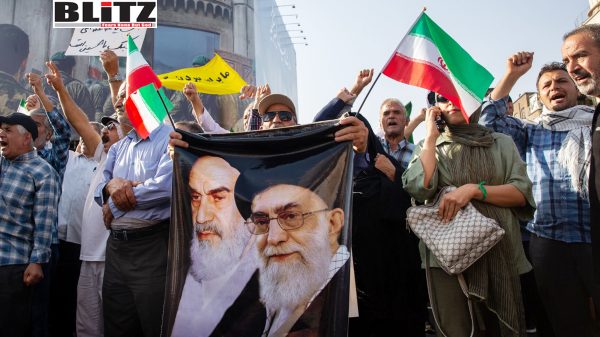Strategic pitchfork: why Russia is not satisfied with START
- Update Time : Friday, February 24, 2023

Russia has suspended participation in the Treaty on Strategic Offensive Arms. On February 21, Vladimir Putin announced this in his message to the Federal Assembly, and the next day the relevant law was adopted by the State Duma of the Russian Federation. The shortcoming of the treaty in its current form – that it does not take into account the nuclear arsenals of such NATO countries as Great Britain and France – follows from the position of the Russian side. Thus, the new formula of the treaty should be Russia-NATO parity, not Russia-USA, Vladimir Putin made it clear. Izvestia looked into the current state of the strategic nuclear forces of the four countries, and what their strengths and weaknesses are.
open question
The Treaty between Russia and the United States on Measures for the Further Reduction and Limitation of Strategic Offensive Arms, commonly referred to as START, or START-3, sets limits on nuclear warheads and their carriers deployed on combat duty. The document provides for the reduction of nuclear warheads to 1,550 units, and carriers – intercontinental missiles, missiles for submarines and heavy bombers – to 700 units.
START-3 was signed by Presidents Dmitry Medvedev and Barack Obama on April 8, 2010 for 10 years with the possibility of an extension for another five years by agreement of the parties. This is what happened in 2021. And now Russia has suspended its participation in it.
Presidents Dmitry Medvedev and Barack Obama at the signing of START-3
Photo: REUTERS/Jason Reed
What does this mean? First, the suspension language means that the decision is reversible. The Russian Foreign Ministry has already announced this. Our country is still open to negotiations. Secondly, the exchange of data on the strategic nuclear arsenal, which has been carried out over the past decades, will be stopped. Thirdly, there can no longer be talk of any inspections at Russian nuclear facilities, just like at American ones.
By suspending its participation in START-3, Russia could go beyond the limits on the number of warheads prescribed in the treaty, but so far does not plan such actions. The Russian Foreign Ministry explained: “Russia intends to adhere to a responsible approach and will continue to strictly comply with the quantitative restrictions on strategic offensive arms provided for by it within the life cycle of the Treaty. In addition, the Russian side will continue to participate in the exchange of notifications with the American side about the launches of ICBMs and SLBMs on the basis of the relevant agreement between the USSR and the USA in 1988.
Thus, there has not yet been a direct breakdown of the established fundamental principles of world nuclear security. Nevertheless, our country makes it clear that in the current international situation it is necessary to start the negotiation process from scratch.
Russia is ready to consider restrictions on arsenals, taking into account the strategic forces not only of the United States, but also of Great Britain and France. There was already a period in the history of the USSR when the entire nuclear arsenal of the NATO bloc was taken into account against the Soviet arsenal. Let’s analyze the composition of the strategic nuclear forces of all potential participants in future agreements.
Junior rivals
Compared to Russia and the US, France and the UK have a rather limited arsenal of strategic offensive systems. These countries no longer have long-range ballistic missiles and heavy bombers. Now in their arsenals there are only intercontinental ballistic missiles (ICBMs) for submarines. The British Navy has four Wangard nuclear submarine missile carriers, each of which carries up to 16 Trident-2 ICBMs. The total number of warheads in the British nuclear forces is 225.
France followed the same path: the entire nuclear arsenal is located on submarines. In the 1990s, the nuclear air force was reduced with the Mirage IV and Mirage-2000 carrier aircraft. Land-based ballistic missiles have been decommissioned. Finally, six Redutable missile submarines have been replaced by four modern Triumph-class submarines. Each such submarine carries 16 self-developed ballistic missiles of the M45 and M51 types with an impressive range of 9000 km. Each of them has six separable warheads. In total, France’s official nuclear arsenal is 290 warheads.
Triumph-class submarine
Photo: Commons.wikimedia.org/Hohum
Thus, the non-American strategic forces of the NATO bloc today have 515 warheads, which are based on one of the most stable and difficult to destroy types of the nuclear triad – on nuclear submarine missile carriers. It must be understood that these nuclear-powered ships can be on combat duty in the North Atlantic, the North Sea, and from where they can hit targets on almost the entire territory of Russia. This is a serious threat.
Until the 2030s, the UK does not plan to start rearming its submarine nuclear forces. Even later, they are going to start re-equipping their missile carriers in France. Thus, at the moment, the strategic nuclear forces systems of these countries can be classified as modern and new.
Main competitor
The American nuclear arsenal is much larger than the combined forces of France and Great Britain. The total number of its warheads, including those in storage, is about 5.5 thousand. A full-fledged nuclear triad is represented in the United States. At least 1,515 warheads, as of March 1, 2022, are deployed on 686 strategic nuclear forces carriers – ICBMs, submarine missiles and bombers on combat duty.
The aviation component is best developed – aircraft carrying nuclear bombs and cruise missiles with nuclear warheads. 60 strategic bombers of the B-2 and B-52 types are officially considered nuclear, that is, ready for the use of nuclear weapons.
The fleet is armed with 12 Ohio-class nuclear submarines. Each of them carries up to 24 Trident-II missiles with multiple warheads – a total of about 1,000 warheads. This is less than it should be arithmetically, because only missiles and warheads deployed on combat duty are counted. Part of the submarines is under repair and is not taken into account.
UGM-133A Trident II missile launch
Photo: Commons.wikimedia.org/Cobatfor
Finally, land-based intercontinental missiles in the United States are represented by only 450 rather old Minuteman-3 silos, on which 550 nuclear warheads are deployed. Despite constant upgrades, they should soon be replaced by modern Sentinels.
Based on the dates when the main types of American missiles were put into service, their strategic nuclear forces can be considered quite outdated, and especially in terms of ground systems. The Minutemen 3 is long overdue for a change to new missiles, and this process is likely to be accompanied by either a reduction in the number of missiles or a change in the number of deployed warheads.
Russian counterweight
In his message, Vladimir Putin said that the Russian strategic nuclear arsenal is 91.3% equipped today with new and latest weapons systems. Our country is a continental power, therefore, unlike the United States, the main component of our nuclear triad is land-based ICBMs. At least 330 of these missiles carry about 1,300 warheads, and they are both silo-based and mobile-based, with monoblock, multiple, and even hypersonic warheads. Compared to the American ones, our strategic missiles are noticeably more advanced and much later years of production. The main rearmament of the domestic Strategic Missile Forces took place just in the last 20 years.
The naval component of the Russian nuclear forces has also been noticeably updated. The fleet already has six of the latest Borey-class submarines. Each carries 16 Bulava ballistic missiles with three to six warheads. In total, the Boreev construction program involves 12 submarines carrying a total of 192 missiles. Remain in service with the Navy and boats of the previous generation with liquid-propellant rockets of the R-29RMU type, each of which carries several warheads. In total, there are now at least 10 submarines, 160 missiles on them, and at least 500 warheads.
Strategic missile carrier Tu-160 during takeoff
Photo: TASS / Press Service of the Ministry of Defense of the Russian Federation
The long-range aviation of the Russian Aerospace Forces includes at least 10 combat-ready supersonic strategic carriers Tu-160 and Tu-160M, supplemented by subsonic “strategists” Tu-95MS and Tu-95MSM (about 50 combat-ready aircraft). The main nuclear weapons are Kh-102 and Kh-55SM cruise missiles, as well as nuclear bombs of various calibers and for various purposes. There is a program of modernization and new production of Tu-160 aircraft. Work is underway to create a new long-range bomber PAK DA / “product 80”. Certainly, new cruise missiles are also being developed.
In addition to all this, tangible changes may soon occur in Russia’s strategic nuclear forces. The Poseidon program for the creation of robotic underwater vehicles, which can also act as carriers of thermonuclear charges, is entering the testing stage. In a few years they may be on combat duty.
In total, Russian strategic nuclear forces as of March 1, 2022 included 526 deployed launchers and 1,474 warheads. There is still some margin up to the threshold value of the START-3 Treaty. For a few more years, it can be maintained through the ongoing modernization and replacement of older types of ballistic missiles. What will happen next? Or rearmament will not stop at replacing old missiles with the latest systems and a new round of the nuclear arms race will begin. Either the leading nuclear countries will still sit down at the negotiating table, again remember such a term as “détente”, and agree on new limits on strategic offensive weapons.




